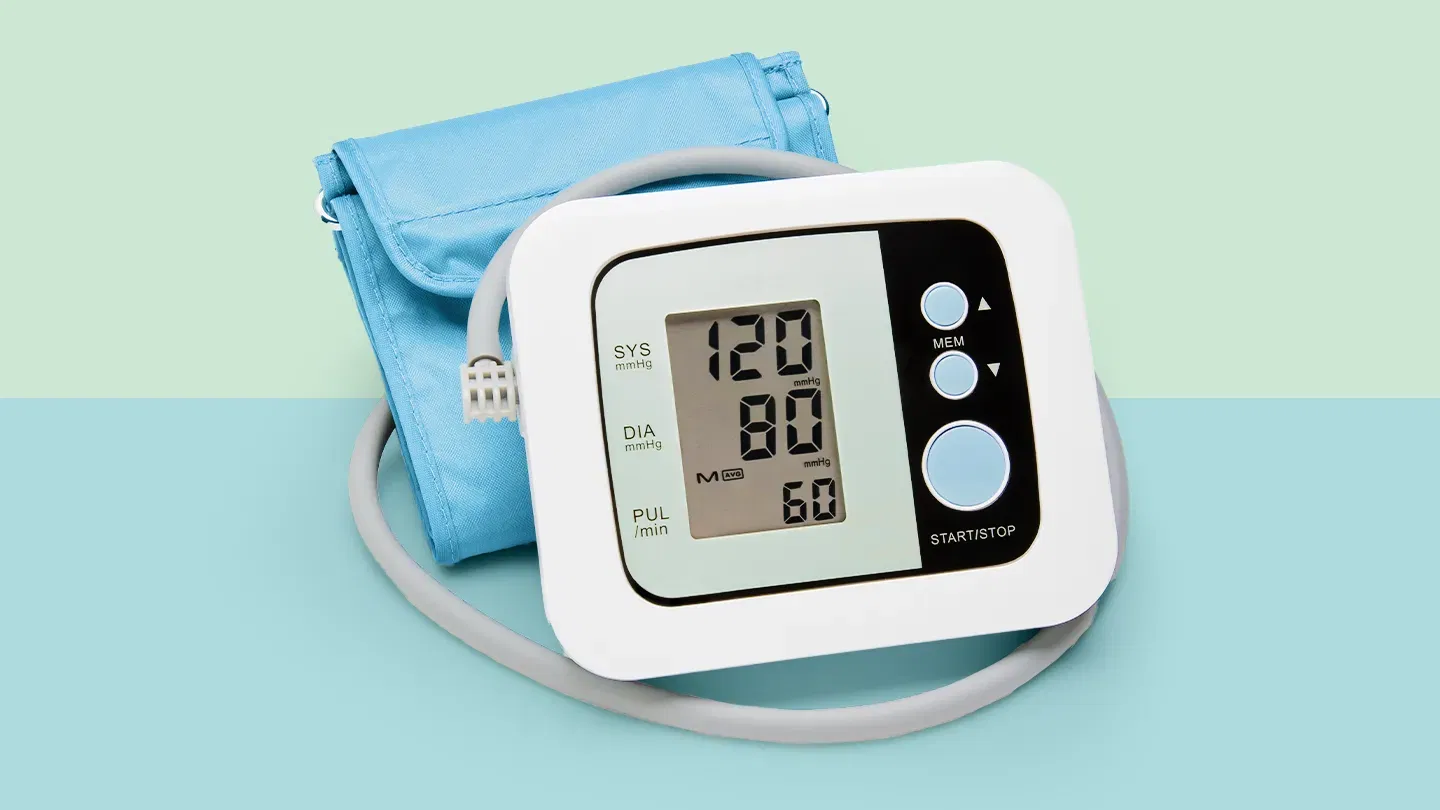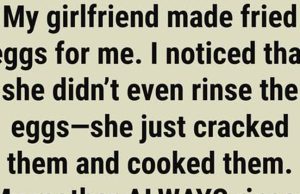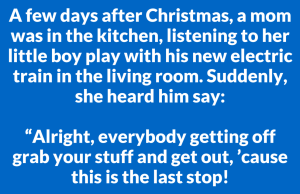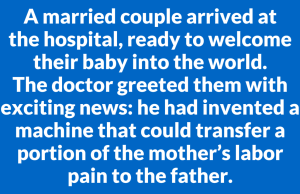
Measuring blood pressure seems simple, but most people do it incorrectly — leading to unnecessary worry, urgent hospital visits, or misdiagnoses. This guide explains how blood pressure works, how to measure it properly, when to worry, and which habits and foods help keep it under control.
What is bl00d pressure?
Blood pressure is the force of blood pushing against artery walls each time the heart beats.
- Systolic (max): when the heart contracts.
- Diastolic (min): when the heart relaxes.
- Healthy blood pressure is generally below 120/80 mmHg.
When is it high?
Hypertension is diagnosed if readings consistently exceed:
- 140 mmHg systolic
- 90 mmHg diastolic
One high reading doesn’t automatically mean hypertension; blood pressure naturally fluctuates with activity, stress, or diet.
How to measure at home correctly
Prepare: Don’t eat, smoke, drink coffee/mate, or talk 45 minutes prior. Be calm and empty your bladder.
Posture: Sit with back supported, arm at heart level on a table, legs uncrossed, arm free of tight clothing.
Cuff placement: Hose inside the arm, not too tight/loose, 2 finger widths from elbow crease.
Recording: Take readings morning and night, while seated and resting, for 5–7 consecutive days. Share results with your doctor.
When high readings aren’t emergencies:
After exercise, stress, poor sleep, arguments, or if measured incorrectly — temporary increases are normal.
Seek emergency care if high blood pressure comes with:
- Chest pain, shortness of breath, facial/arm numbness, difficulty speaking, severe dizziness, sudden confusion, or the worst headache of your life.
Foods and habits to control blood pressure:
- Reduce sodium: Avoid processed foods (sausages, stock cubes, snacks, frozen meals, industrial bread). Limit salt to 1 tsp/day.
- Increase potassium: Bananas, spinach, avocado, beets, broccoli, carrots, melon (consult doctor if kidney issues).
- Healthy fats: Olive oil, avocado, seeds, walnuts, fatty fish.
- Limit red/processed meat and refined sugars/flours.
- Exercise: 150 min/week of aerobic activity + 2–3 strength sessions can lower BP significantly.
Quick stress-relief techniques:
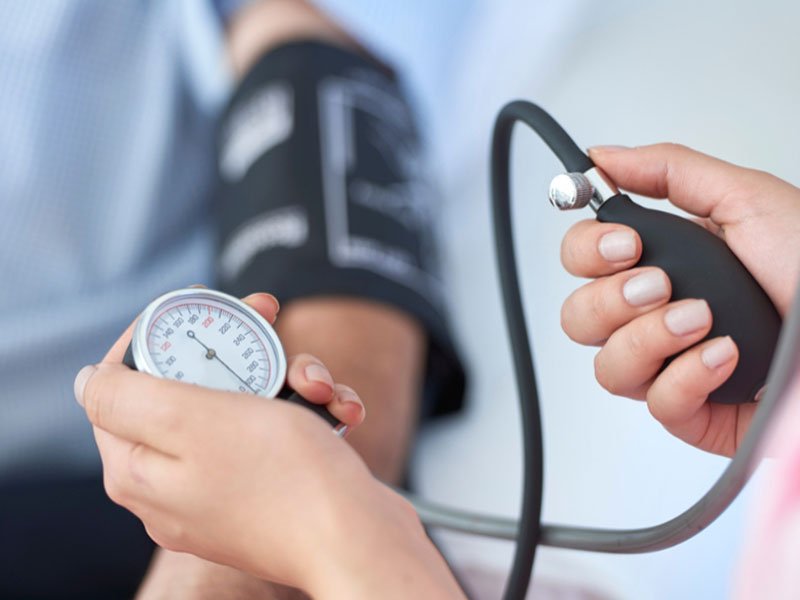
- Deep breathing (inhale 4s, hold, exhale 6s)
- Splash cold water on the face
- 5 minutes of meditation or silence
Conclusion:
Blood pressure control isn’t just about medication. Proper measurement, healthy diet, regular exercise, and awareness of warning signs are essential for long-term health.
Disclaimer:
This information is educational and not a substitute for professional medical advice. Consult your doctor for diagnosis or treatment.

